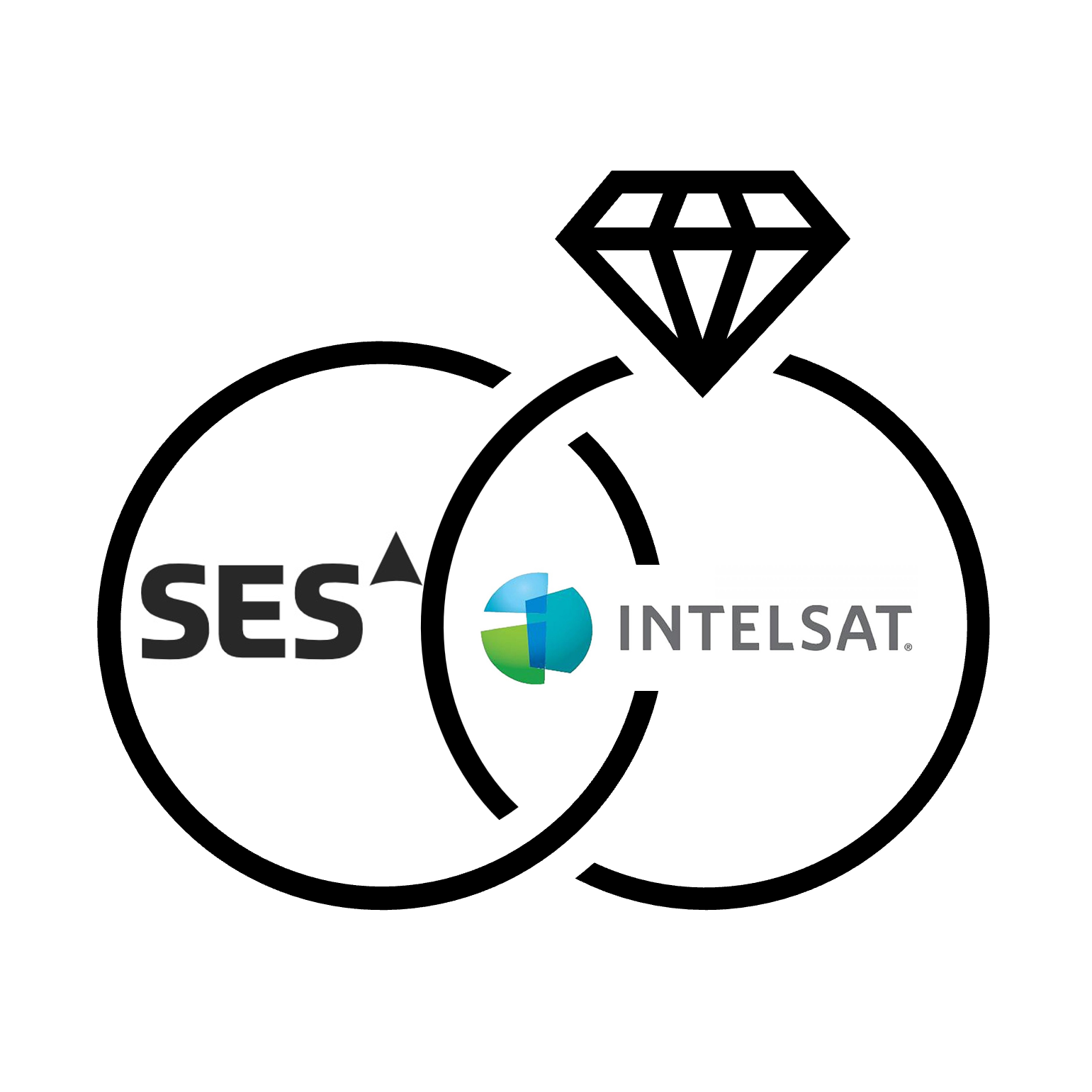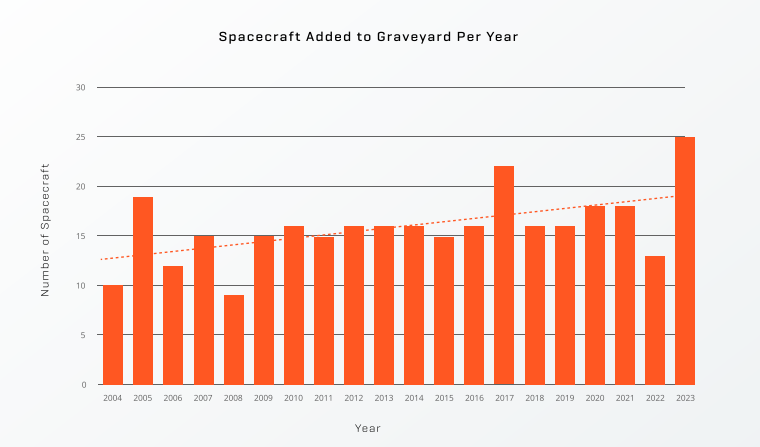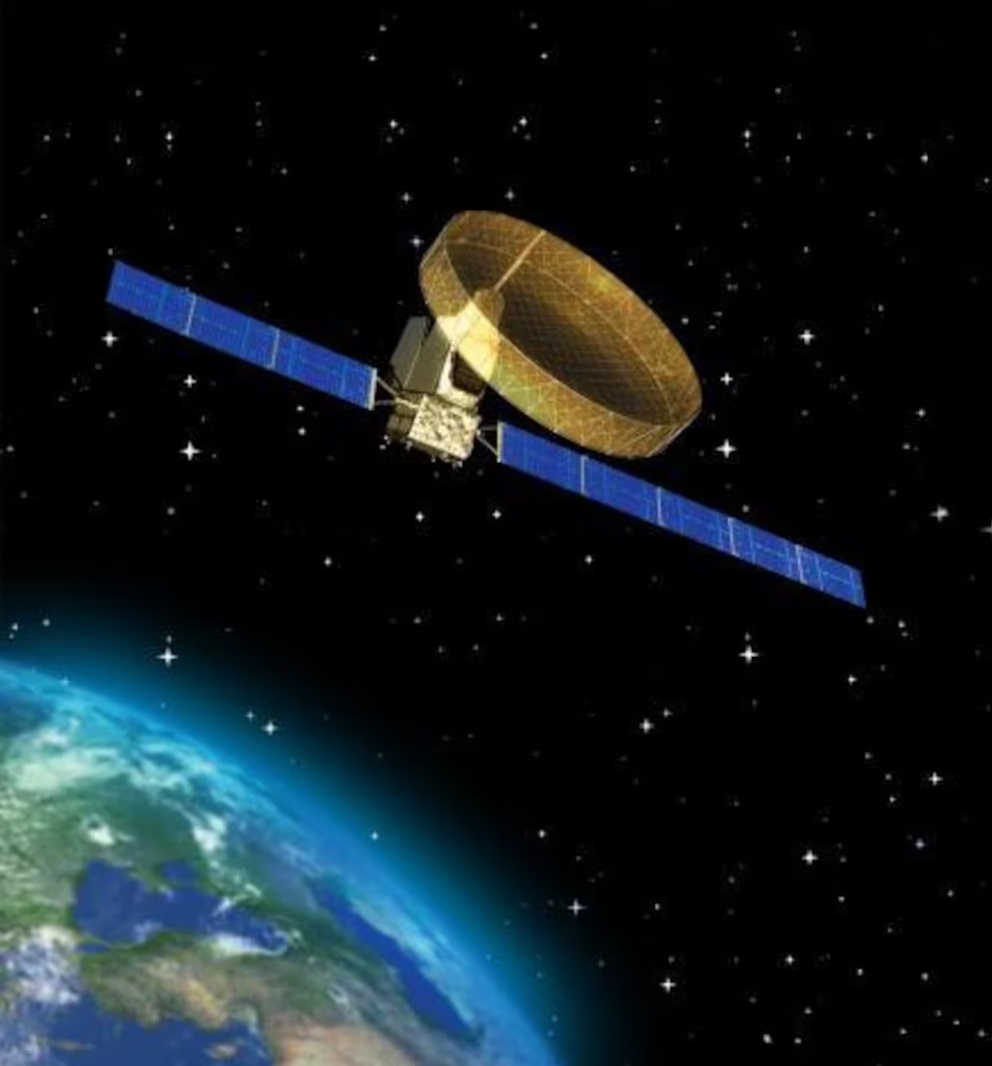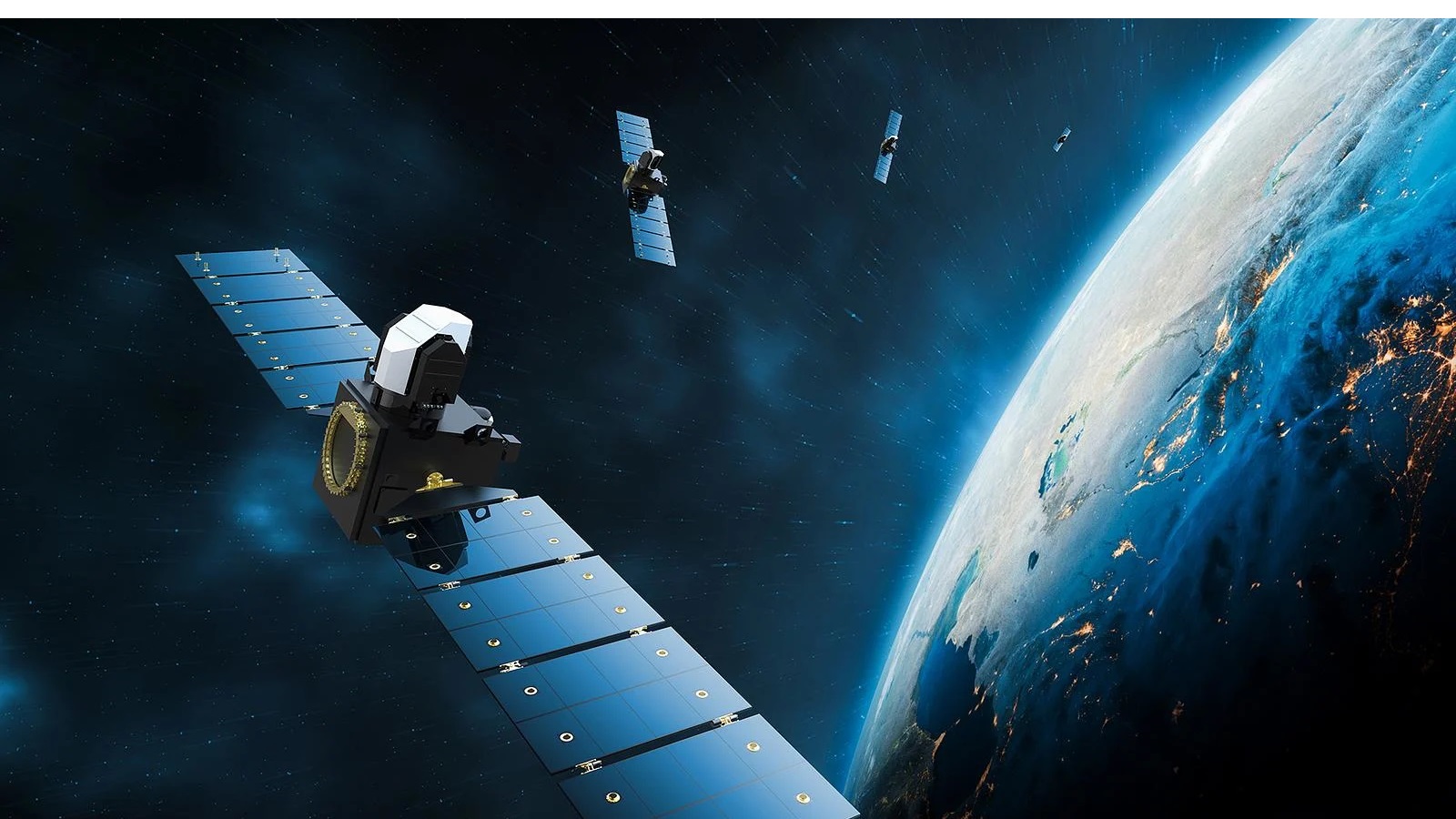If anything certain emerged out of the US Senate hearing (go here for archived webcast) yesterday it was that no one really knows how long any space transportation programme will take or how expensive it will be
Space Exploration Technologies (SpaceX) president Gwynne Shotwell confidently told the US Senate Commerce Science and Transportation committee’s science and space subcommittee hearing that “we can guarantee crew flights to the [International Space Station] for less than $50 million a seat. Three years from the time we intitiate”.
However former NASA Comptroller Malcolm Peterson (who worked with the agency’s administrator Dan Goldin) had said that he did not expect any US provider to be able to beat the Russian price of $150 million for three seats on Energia Soyuz TMA spacecraft and predicted a per flight cost of around $400 million. Of course SpaceX’s Dragon can seat up to seven so they can both be right. SpaceX could offer seven seats, or more likely, six, at a cost of up to $300 million, Peterson’s mission cost neck of the woods, while beating the $51 million Russia charges per seat
In SpaceX’s defence they do have a rocket, the Falcon 9, whose technology has been tested with successful orbital flights of its smaller predecessor the Falcon 1, and the Dragon spacecraft has been designed to work with the Falcon 9 and it could fly later this year in its cargo configuration. According to SpaceX that configuration differs only from the crew transport in that it does not have seats and a control panel for the pilot. Next month could see the maiden flight of Falcon 9 with a instrumented dummy Dragon on top. Its success or failure will no doubt be used during the ongoing debate
The big question for SpaceX is, will the NASA human rating standards it says it has followed be enough to satisfy whatever rigour the agency applies to a commercial crew programme? And how far will NASA expect any commercial crew provider to go in proving how safe they are?The Review of US human spaceflght plans report uses NASA’s Gemini programme as a basis for predicting what would be needed for a commecial crew programme
However former Gemini and Apollo astronaut Thomas Stafford told the Senate hearing that Gemini can’t be compared to whatever commercial crew transportation programme SpaceX or Orbital Sciences or United Launch Alliance (ULA) engage in. Stafford said Gemini was a high risk effort compared to anything that would be undertaken for commercial development
Peterson also questioned the Review of US human spaceflght plans report for comparing any crew programme with Gemini saying it was not appropriate. He also essentially said that without detailed data the $6 billion figure bandied around for the cost of a commercial crew programme was a guess. Peterson was clear that the government better just make sure there was enough money to assure success because he has grave doubts about the stomach financial investors will have for the sort of deep pockets needed
This theme of a hearing showing that key factors were actually known unknowns was reflected in the responses from the potential commercial crew transport providers about how long such an x-billion dollar programme would take
Orbital gave an answer of five years, and estimated a cost of about $3bn, ULA came up with the figure of four years and eventually Senator Nelson commented that he thought it would take five years whether it was ULA, SpaceX, Orbital or NASA’s Ares I crew launch vehicle and its Orion crew exploration vehicle
Three, four, five years, $3 billion, $6 billion, do those figures include matched private financing or are they just government investment? Shuttle retires in four flights and no flights can occur until 2012 even if a decision were made today and nothing US will take to the stars for at least three years after that. Its no small decision on what to do next, as they say in the NASA astronaut corp, no pressure…






